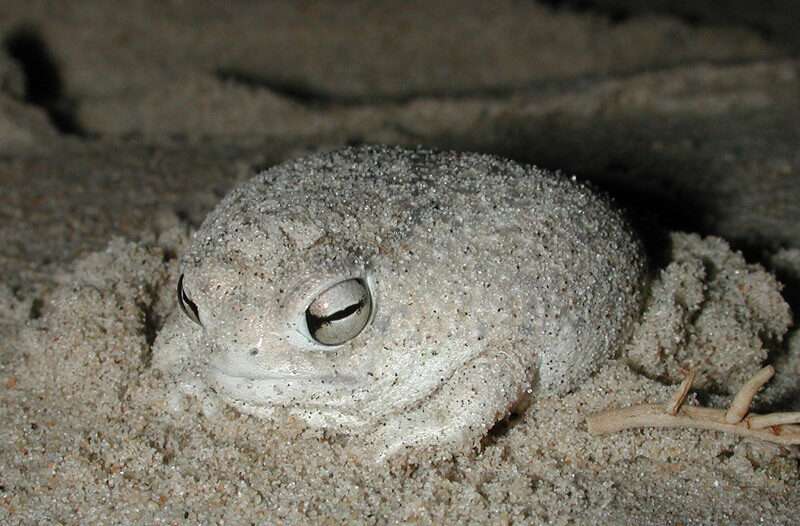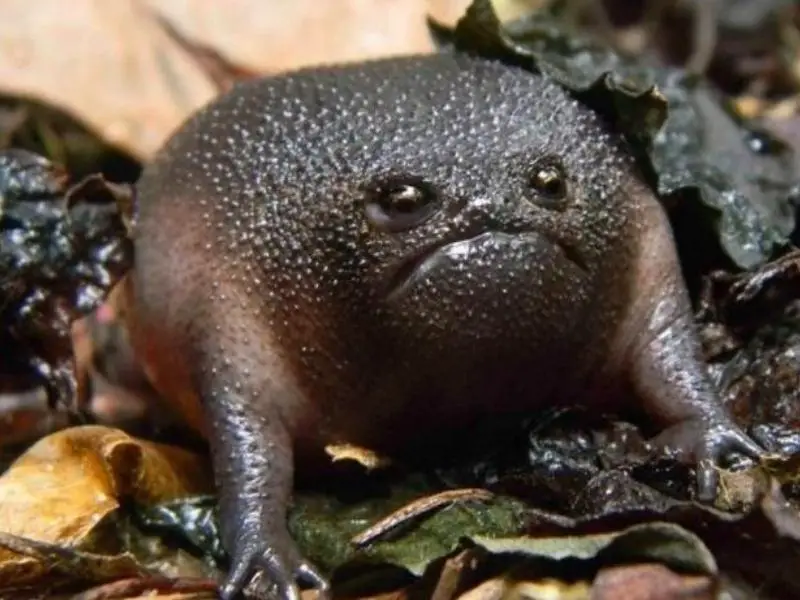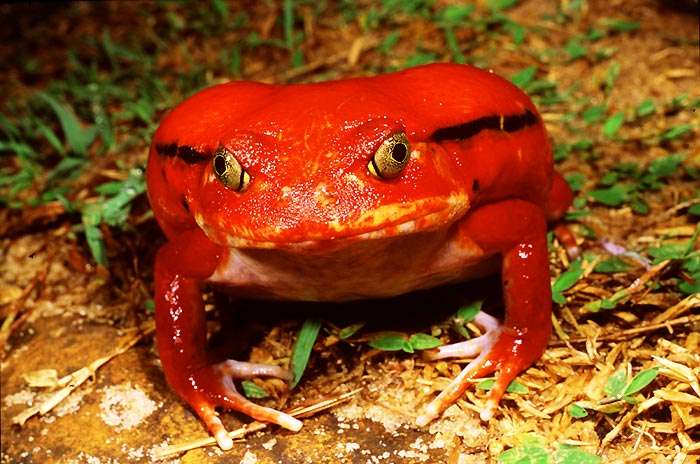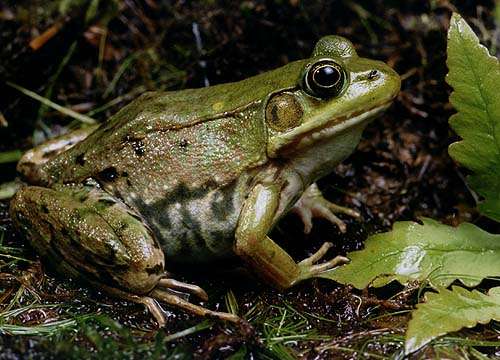
Breviceps macrops, sometimes known as the desert rain frog, web-footed rain frog, or Boulenger’s short-headed frog, is a species of frog in the Brevicipitidae family. The small stretch of sandy shoreline separating the ocean from the sand dunes is its natural home. Due to habitat destruction brought on by things like mining and tourism, it is in danger.
Appearance
The plump desert frog has spade-like feet, short limbs, webbed toes, short limbs, a short snout, and protruding eyes. Its internal organs are visible through a translucent region of skin on the bottom. It can range in size from 1.6 to 2.4 inches, or 4 to 6 centimeters.
It does not go through the tadpole stage like the majority of other frog species do; instead, it grows from the egg straight into adulthood. It cannot hop or leap because of its thick body and short legs; instead, it moves slowly on the sand. It is unusual for a frog in that it can thrive without water in its habitat. It has somewhat large, protruding eyes.

Habitat
The majority of the Breviceps macrops habitat is a narrow strip of land along the coasts of South Africa and Namibia that is only approximately 10 km wide. Fog frequently blankets the little patch of sand dunes, providing moisture to an otherwise dry and barren area.
Diet
Insects are a necessary part of the diet of desert rain frogs because they are insectivorous animals. Breviceps macrops consume small insects like beetles and insect larvae, among other things.
Reproduction
Typically, the desert rain frog’s reproductive cycle begins in the late summer. The mating between the species typically takes place at night because these frogs are nocturnal creatures (active when it is dark). The man makes prolonged raising sounds to entice a potential partner. After fertilization and copulation, the female deposits 12 to 40 eggs in the tunnels that she has dug. Since they skip the tadpole stage and develop directly from the egg to adult stage, the species’ young are not truly dependent on their parents.
Keeping as Pet
The desert rain frog babies can make good pets because all you’d need to do is give them food and a regulated habitat with dry but somewhat damp circumstances, as well as enough room for them to burrow as they want. But even if you keep a desert rain frog as a pet, you will never truly bond with it because frogs generally never show affection for humans. Once the frog learns to correlate your presence with the availability of food, the only behavioral change you will eventually be able to notice is its serenity when you feed it.
Table





